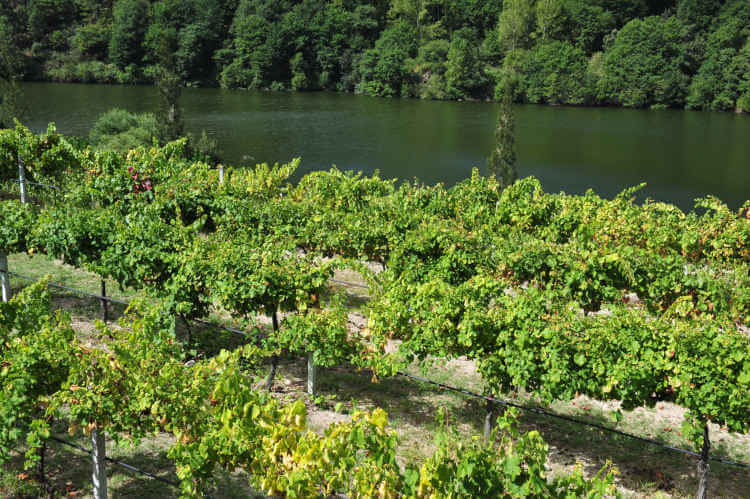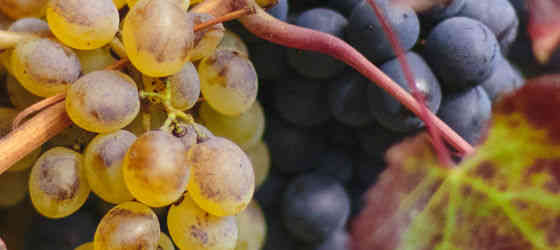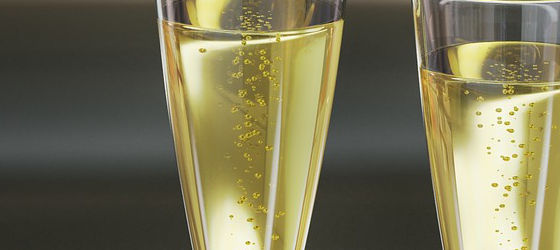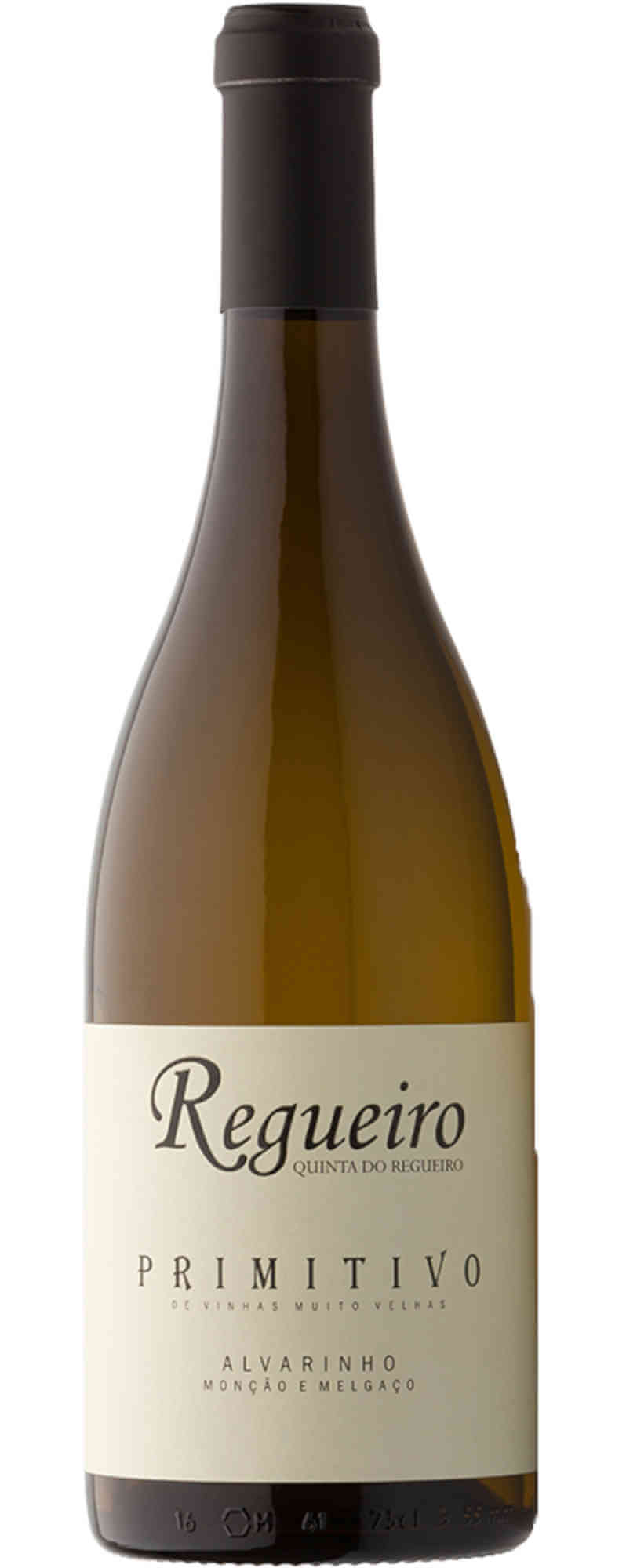15/02/2021

Vinho Verde [en]
“How long I live does not
depend on me. But whether I really live depends on me.’
This
quote from the Stoic philosopher Seneca is not only an expression of
his philosophy, of "the here and now", but also describes
the lust for life felt by anyone, who enjoys a sparkling Vinho Verde
on a hot summer's day. And there by are we already sitting on the
first cliché - of the sparkling Vinho Verde. But more about that
later and back to Seneca. It was he who was one of the first to
mention the region of origin of Vinho Verde. That happened almost
exactly 2000 years ago today.
More wine tradition is hardly possible. But when you get right down to it, then is the Vinho Verde actually still a little green behind the ears, as its first documented mention ‘only’ dates as far back as to 1606. The big historic step towards its popularity finally came in the year 1908. It was in this year that the 60,000-hectare area in north-west Portugal - located between the Douro and Minho rivers - was designated by law as a protected wine-growing region, the so called ‘Vinho Verde DOC’. Now the Vinho Verde wine finally had all the prerequisites to become legend. Although it was initially considered an insider tip outside Portugal, until it later on developed into a real export hit. But what exactly is behind this known unknown wine?
Light, fresh and young - these are the typical characterisations for a Vinho Verde. They have a true core, but do not do it justice in its diversity. It is known to most wine lovers for its traditional slightly sparkling white wine and distinctive acidity. This makes the young savage wine a real classic. But there are also still and matured representatives of Vinho Verde. And these wines, do as their famous relatives, also deserve to be recognised accordingly, as they are now on the same level as other great white wines.
Incidentally, the Vinho Verde wine does not owe its name to its colour, as is often wrongly assumed, but fits to its humid and evergreen region, which is climatically heavily influenced by the nearby Atlantic Ocean. Vinho Verde consist of the regions of Amarante, Ave, Baião, Basto, Cávado, Lima, Monção e Melgaço, Palva and Sousa. The average rainfall is 1,200 mm a year, with rainfall and temperature varying from subregion to subregion. These climatic differences combined with different grape varieties, allows the Vinho Verde wines to develop a whole range of complex flavours, which also contains a certain note minerality, due to the granite and slate soil. This guarantees that Vinho Verde lovers rarely will be bored.
Manuel Carvalho describes the region as following: ‘The entire province of northern Portugal is defined by a single identity forming feature, that is the all-dominant colour green, which winds its way down from the mountains through the valleys, covers the plains and finally reaches the sea.’ The spectrum of green tones that can be discovered in the marvellous landscape of Vinho Verde must have inspired many a synaesthete to make comparisons with the region's greatest grape varieties:
Alvarinho - grass green, Arinto - mint green, Avesso - lime green, Azal - moss green, Loureiro - apple green, Trajadura - olive green
After this completely subjective chain of associations, would we now redirect our attention to the alcohol content of Vinho Verde. Many consider it to be a light white wine with around 9% alcohol, which is certainly true considering many Vinho Verde wines. But in this perspective it also surprises with its diversity. Some wines have an alcohol content of up to 13.5%. No matter how you like it, Vinho Verde would surely also fascinate even those with their likes of more sober figures:
34,000 ha = approx. 15% of the entire Portuguese wine-growing area
-
289,000
vineyards
-
30,000 wineproducers
-
600 bottlers
-
100 kg of grapes
may be pressed into a maximum of 75 litres of juice
- 65 litres from 100 kg of grapes are permitted for Alvarinho
Vinho Verde is usually
percieved a white wine - but we would briefly correct this image at
the end. In 1908, the year where the wine was classified as a DOC,
Vinho Verde had a total production of over 90% red wines. Today, red
wines have lost its dominance, but with the Alvarelhao, Vinhão and
Borraçal grapes, they still make up to 6% of the total volume
produced as red and 7% as rosé. A great discovery for all those who
like to look beyond the rim of the glass. The red Vinho Verde is
among the wines that also show great character when chilled.
The
only question that remains is whether half a glass of Vinho Verde
should be described as half full or half empty. For Seneca, the
matter would certainly be clear. We should take him as our role
model.











































